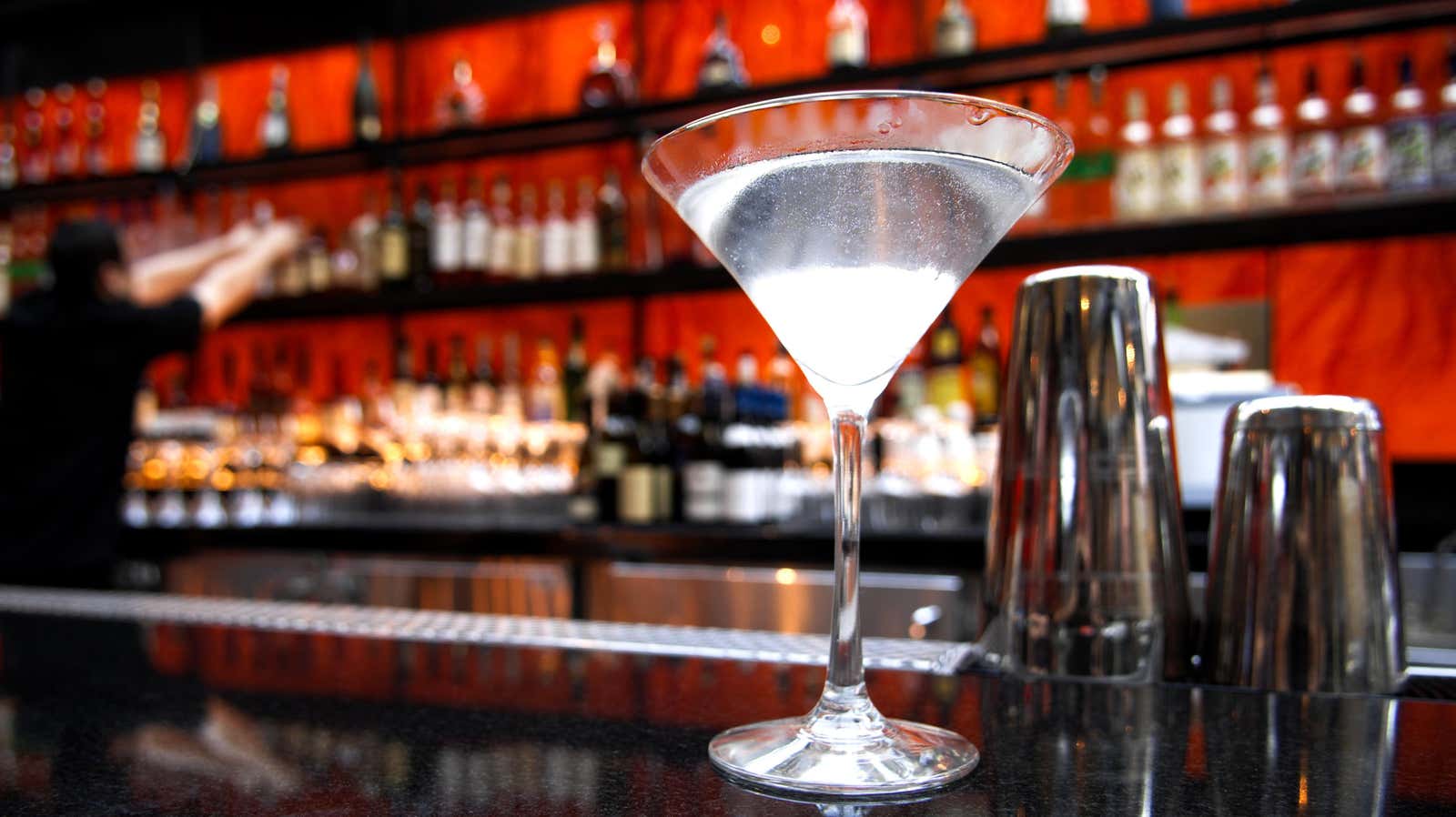6 “Russian” Things You Boycott but Aren’t Actually Russian

In light of the Russian invasion of Ukraine, many Americans called for a boycott of Russian goods to show their support for the Ukrainian people. Both Republican and Democratic leaders have called for Russian vodka to be taken off the shelves; one tavern owner in Bend, Oregon, went so far as to film himself pouring his establishment’s Stoli vodka in a well-intentioned but misguided protest against Russian aggression. While I fully agree with the intent, the fact of the matter is that many ostensibly Russian goods and symbols are actually not so Russian after all.
I support the idea of showing solidarity with Ukraine in every possible way, but some targets for Russia are not worth hitting. Of course, one could argue that ideological boycotts of vodka and other products symbolizing Russia still matter, even if they don’t make economic sense. I might even agree with you here. So consider this a history lesson, not a guide to foreign policy and boycott effectiveness on a personal and global scale: here are some “Russian” things that aren’t really as Russian as you’ve been led to believe.
your favorite vodka
Of course, the concepts of Russia and vodka are inextricably linked. But before you throw away the pen in protest, know that it probably didn’t come directly from Russia. According to NPR , less than 1% of the vodka consumed in the US is produced in Russia. Even Stoli vodka, although Russian in name, is actually made in Latvia. In a statement to CNN, the Stoli Group said it “unreservedly condemns the hostilities in Ukraine and stands ready to support the Ukrainian people, our teams and partners.”
Similarly, Smirnoff is a popular brand that is of Russian origin but has long been owned by a British company and is currently manufactured in Illinois. Absolute, Svedka, Gray Goose and so on – the vodka you prefer is most likely not Russian-made, unless it is Russian Standard or Green Mark.
If you still want to support Ukraine with vodka, how about buying Ukrainian, for example, with a choir ?
Your favorite (or least favorite) cocktail
It’s time to talk about the highly controversial Black and/or White Russian cocktail. Love them or hate them, their “Russian” names can be a lie.
Legend has it that in the late 1940s, bartender Gustave Tops prepared a signature drink for the American ambassador to Luxembourg, Perle Mesta. This dark, mysterious elixir was made by mixing Russian vodka with Kahlua – what we now call Black Russian. At some point, someone added milk or cream to the mixture to make White Russian.
Here’s the thing: This story takes place in the bar of the Metropole Hotel in Brussels. Brussels, Belgium. Not Russia. We can conclude that the “Russian” name probably comes from the fact that vodka is the main ingredient, but the cocktails themselves are not part of Russian history.
Russian gas station
You probably already guessed where this is going: Russian clothes are not Russian, in fact, far from it. Less like a salad dressing and more like a sandwich, this creamy condiment dates back to New Hampshire in 1924. The Washington Post credits grocer James E. Colburn with the idea for the spicy mixture of mayonnaise and ketchup. According to CNN , Colburn also enjoyed mixing caviar – an ingredient often associated with Russia – which could be the origin of the name. However, if you forgo all ties to Russia, even those that are only symbolic, trade it for the perhaps more popular Thousand Islands.
Matryoshkas
Whether you call them Russians, nesting dolls, or nesting dolls, it turns out that their roots are actually in Japan. Perhaps – again, here we rely on knowledge. However, the story goes that the artist credited with popularizing these dolls came up with the idea after he was given a Japanese daruma doll. A distinctive feature of the daruma doll is, surprisingly, the small dolls hidden inside it. The outfits, the cocktails, the dolls… it seems like you can take everything that Americans call “Russian” and open it up to find another story hiding inside.
Dumplings
This is up for discussion. Most cultures have independently developed some form of pelmeni-like food over the years, so it’s not surprising that the true origin of pelmeni—pelmeni widely popular in Russia—can actually be traced even further east. Just like those Russian dolls, right?
Borsch
What could be better than ending a hot topic with hot soup? Borscht is a traditional dish of beets and other chopped vegetables, usually served with sour cream, and despite my incredibly witty hook, it can be served hot or cold. Although he has close ties to Russia and Poland, his true place of origin is Ukraine. According to the BBC , Ukrainians took to social media in 2019 to finally lay claim to the soup, after @Russia (the official Twitter account of the Ministry of Foreign Affairs of the Russian Federation) tweeted: “Eternal classic, #Borscht is one of the most famous and favorite #dishes and a symbol of traditional cuisine. If you want to symbolically stand up for Ukraine, stand up with a plate of hot (or cold) borscht.